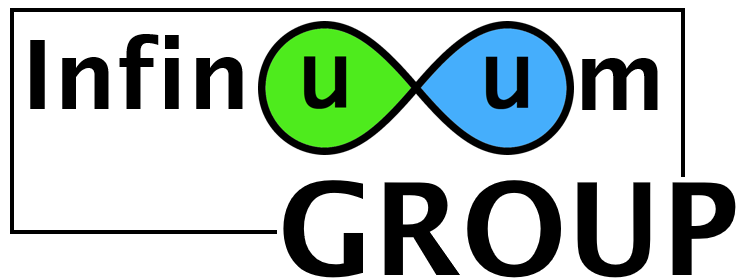Situation / Scenario –
A seasoned and veteran sales team was spectacular at gaining new business, but lost customers at a similar rate, resulting in zero year-over-year sales growth.
Opportunities / Problems Identified –
The customer base was extremely frustrated with the “take it or leave it” tone that permeated most customer service groups of this multi-facility organization. Calls were not returned, delivery confirmations were slow to arrive, change in schedules or deliveries were not communicated in a timely manner or even consistently. Communications were often one-sided to the customer and took on a terse tone. The woes of the “sales prevention team” were well-known among the sales professionals of the organization. However, little was said by sales representatives and sales managers in fear of further antagonizing customer service personnel that had a reputation for retaliation when complaints were lodged.
Action Development –
Formal data were developed that detailed lost customers from the past two years and why they had taken their business elsewhere. A survey was also sent out to existing customers seeking input on their current customer service experiences.
The organization had a Customer Service Manager at one location who was viewed as the order input system expert and was well-respected for her tenure. She was consulted about forming a team to develop a consistent approach to customer service that could be applied across the organization. She was flattered to be asked and invited customer service reps at other locations to serve on the team. I also asked a couple of the more respected sales managers to participate on the team, along with a couple of facility managers. The team traveled and met face-to-face.
Customer loss and retention data was covered at the meeting kickoff. The team brainstormed ideas to improve the situation keeping in mind that one mandate of the project was for customer service expectations and standards to look similar across all facilities.
Results Generated –
The group developed a team name and logo which soon found its way onto notepads, t-shirts and water bottles. A conference call was scheduled with all customer service and sales representatives to talk through the substantive changes that were upcoming which included:
- Clear decision rights on who could and could not make decisions about delaying a customer order.
- Daily scorecards published throughout the organization with on-time delivery data for each plant.
- Daily scorecards to show plant loading to facilitate discussions about moving business if delivery dates were at risk.
- Clear set of customer interaction standards including how quickly emails and telephone calls were to be returned.
Bottom Line –
Annual customer retention improved significantly, 95% versus 83% previously. New customers were now accretive to the top line and allowed the business to grow revenue by 17% over the next two years.
